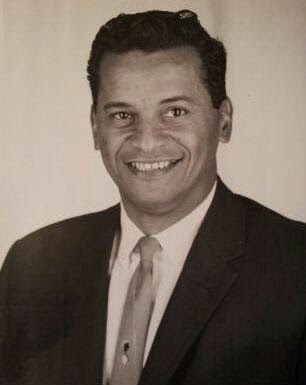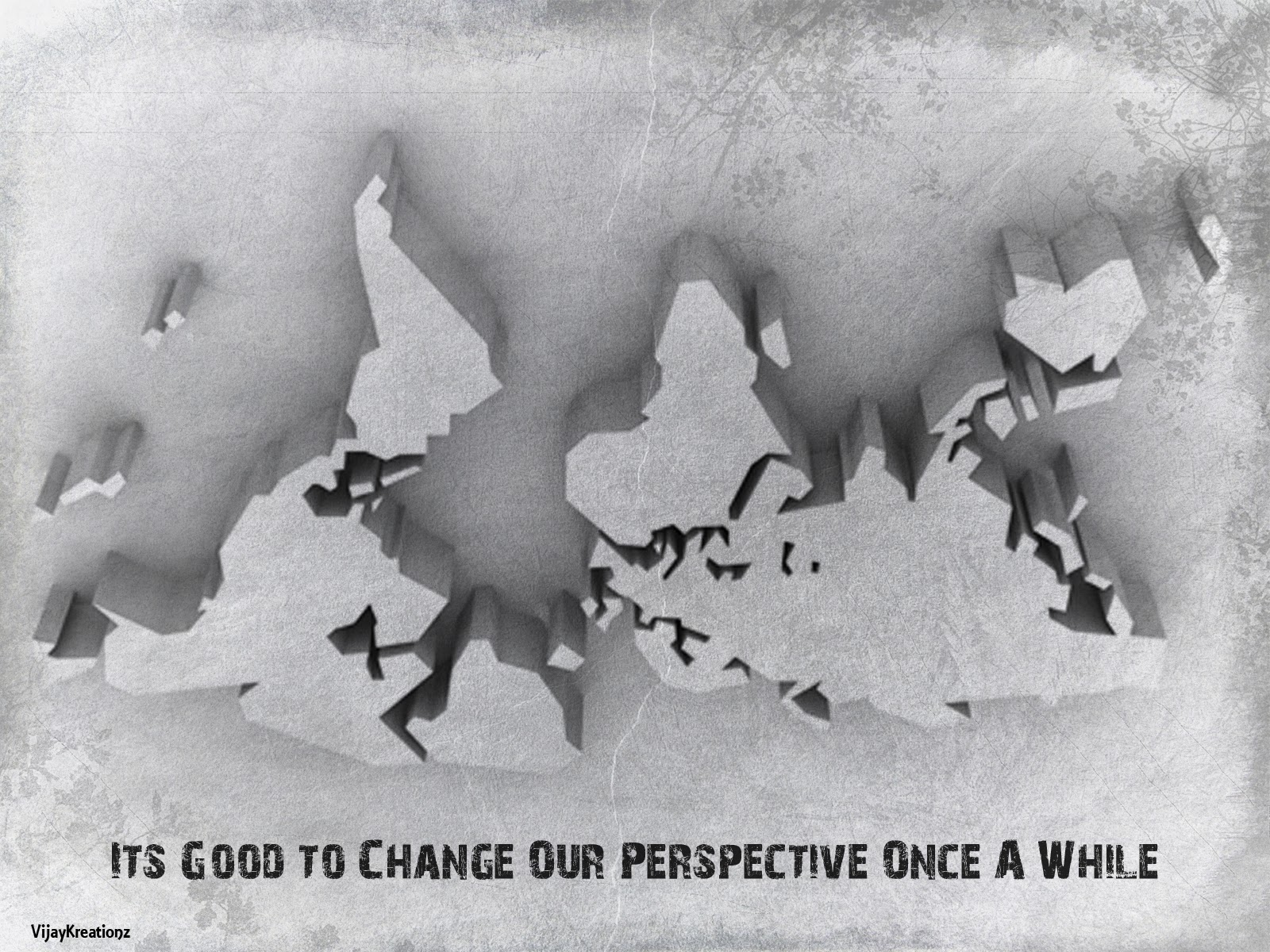 |
| This is no way to conduct a conversation |
More
than a few white folks believe race is no barrier to success; for persons of
color who are floundering, in order to make it, just work harder, learn to
proper speak English, pull up the sagging pants and along with them your
bootstraps.
Downgraded
or ignored with disappointing regularity are festering wounds caused by racially
oppressive policies and practices (and the historic institutions that prop them
up). Like a virus invading the body, institutional racism has overridden our moral
compasses and systematically infected every nook and cranny of our great society.
But unlike most influenza cases, which cause temporary physical harm, racism inflicts enduring, often invisible emotional and psychological damage. For nonwhites like me, the injuries can be readily apparent and a near everyday occurrence. Ironically, whites suffer too; most just can’t see or feel it. How could they without knowing the “symptoms”?
 |
| Let's stop the trash talking on all sides |
Being
part of the dominant race group in America, a white person has the luxury of
choosing to be, or not be, part of the racial oppression conversation. But like
toxic waste buried deep underground, it eventually leeches out. And it does so
in ways that are obvious and not so apparent.
When
most folks finally do get around to talking about race, it tends to be
conducted in ways that affirm their position, and usually with people who agree
with them. The result: little dialog around the issue’s deep, often
contradictory complexity.
Heard
from both sides: “It’s their problem.” “Talking about it only fuels the issue.”
“Why can’t they all act more like [fill in the blank]?”
Even when
we’re not talking race, we’re thinking about it. All of us. Consciously and
unconsciously. Science bears this out in countless studies on the reality known
as implicit bias.
Race is a
complicated subject. It’s messy and painful in a way that has no single remedy.
Hard work, yes. Education, yes. But also empathy. Race is a subject in which
all sides should be heard. Dialog, not monolog. With deep, active listening for
understanding happening on all sides.
Most of
us are stuck though. Pinned down in the trenches of self-righteousness. We assess
other positions based on our own rigid, unwavering stance. Fueled by whichever network
talking heads best represent the simplistic soundtrack looping in our minds.
 |
| Possibilities become unlimited through honest dialog |
Time to
declare a ceasefire. Time for all sides to come to the table for straight talk.
Not an angry discussion but an authentic one in which all sides speak from the
heart; and all sides listen. It’s a dialogue that avoids topics like who did
what to whom and when. Been there, done that. Instead let’s explore how we
might collectively transform the nature of our society and its currently broken
systems (education, food, healthcare, housing, etc.) into ones that facilitate
opportunities for all, no matter our race.
Like all
hard discussions, there’s only one right time; and that’s now. I, for one am
ready. There are others. Will you join the dialogue?
Follow J.R. on Twitter @4humansbeing or contact him at 4humansbeing@gmail.com.












